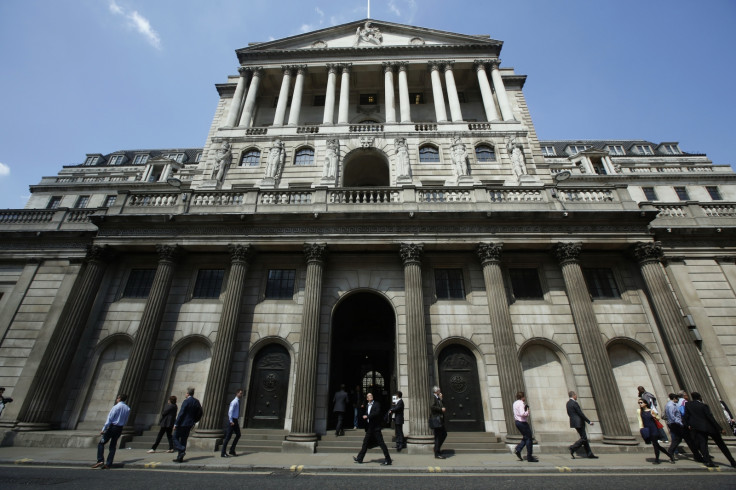New BoE stress test to include global economic crash scenario

New stress tests to be conducted by the Bank of England (BoE) will take into account global scenarios such as a sharp growth slowdown in China and an economic meltdown in the eurozone.
The central bank published the scenario for the 2015 stress test stating that the upcoming test of Britain's seven largest banks and building societies will gauge whether they can withstand a global crisis.
The scenario has been agreed by the Financial Policy Committee (FPC) and Prudential Regulation Authority (PRA) Board.
The six banks and one building society — Barclays, Lloyds Banking Group, Royal Bank of Scotland, Santander UK and Nationwide — are undergoing the stress test.
"The purpose of the test is to ensure that the UK banking system can withstand a severe shock and continue to provide financial services to the real economy," the BoE said in a statement.
"It ensures that the UK financial system is one that absorbs rather than amplifies shocks."
The BoE noted its stress scenario is neither a forecast of macroeconomic and financial conditions in the UK or other countries nor a set of events that are likely to materialise.
"Rather, it is a coherent, 'tail-risk' scenario that has been designed specifically to assess the resilience of UK banks and building societies to a severe shock," the central bank said.
The new stress scenario incorporates the following elements:
- A synchronised global downturn affecting Asia and the euro area in particular, and amplifying global disinflationary pressures;
- severe financial market stress with a reduction in global risk appetite, particularly in indebted economies, reductions in market liquidity, and some defaults of counterparties; and
- a slowdown in the UK driven by the downturn in its trading partners, fall in confidence, and correction in market risk appetite. Additional monetary stimulus is pursued in the UK and elsewhere, lowering and flattening yield curves.
Source: The Bank of England
The institutions will be reviewed against two key "thresholds" in the stress scenario: A 4.5% common equity tier one capital ratio and 3% tier one leverage ratio.
"This year's test will have a different focus and is equally important. By assessing the resilience of the UK banking system against a major external shock, we will improve further our ability to identify vulnerabilities and we will ensure that banks have plans in place to address a wider range of possible stresses," said Mark Carney, Governor of the Bank of England.
"To promote the good of the people of the United Kingdom, we are committed to ensuring that our major banks are resilient, that they can weather shocks without calling on taxpayer support, and that they can continue to lend even in adverse conditions."
The Bank of England will publish the results of the 2015 stress test alongside the Financial Stability Report in December.
© Copyright IBTimes 2025. All rights reserved.






















